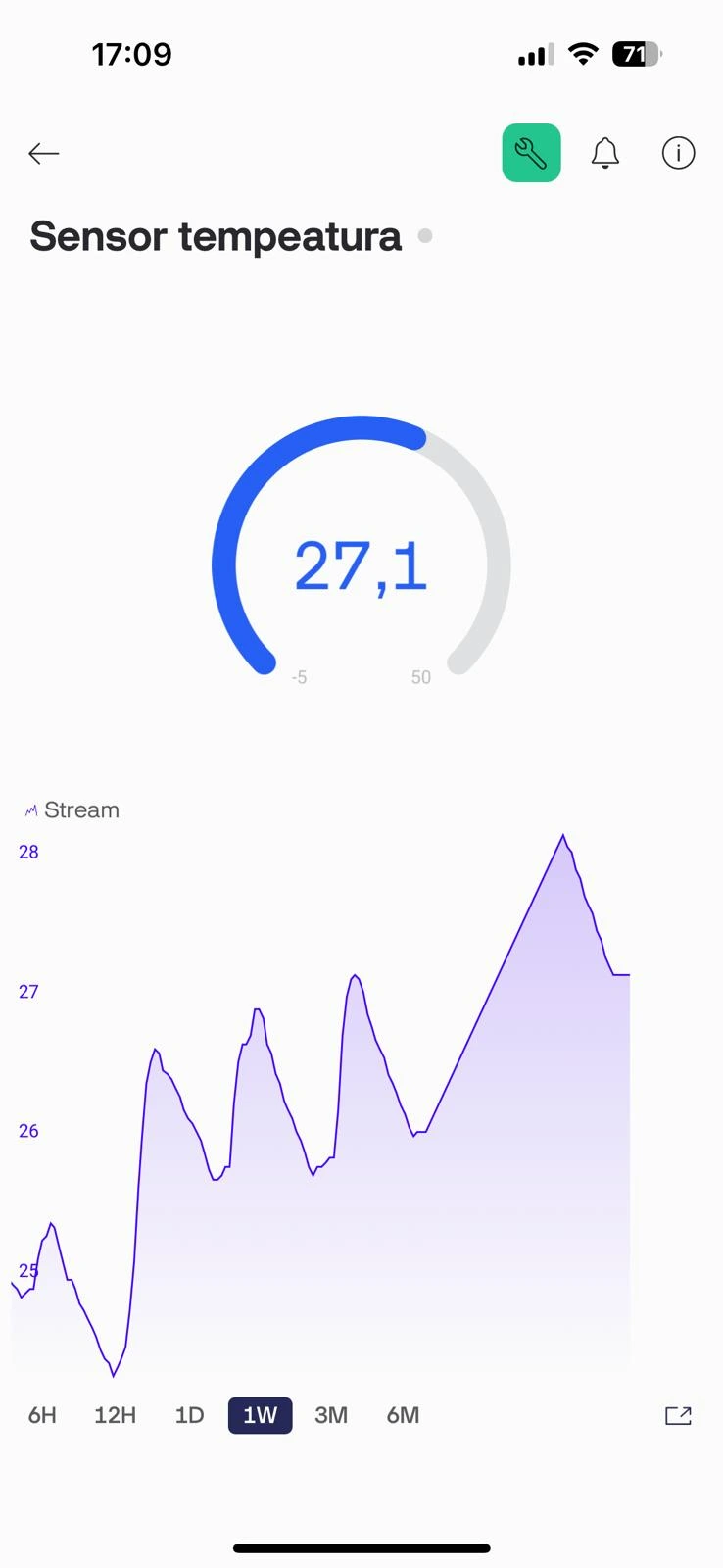WIFI Thermometer
Meeterig pool temperature
Thermometers are boring and inconvenient to check repeatedly. Imagine using one to measure pool temperature—having to bend down over and over to read it.
In this project, we created a smart thermometer that sends temperature data to your phone via Wi-Fi, no matter where you are. Plus, it runs on solar energy, so you never have to replace the batteries.
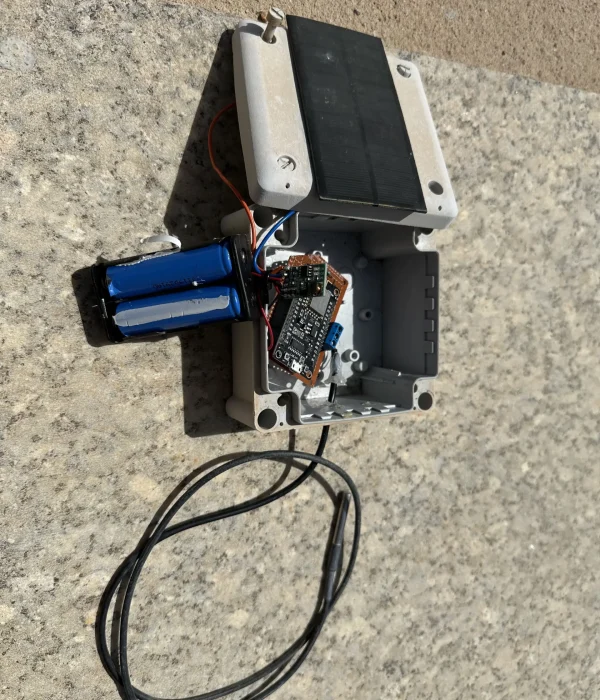
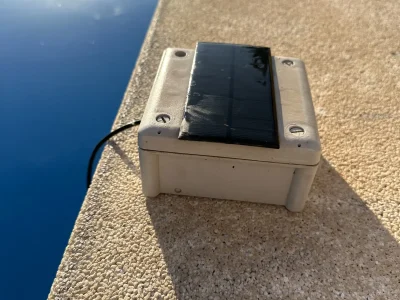
Specifications
– 24V 24A power supply
– 2x 3,7 1800mAh Battery
– 5V 1W solar panel
– Integrated Boost Converter- Charger
– ESP8266 Wifi Module
– Blynk App Free Version
Hardware and Plantform Selection
In most projects like this, an Arduino microcontroller would typically be used, but it would require additional modules for Wi-Fi functionality. The signal and connection requirements, however, are very simple. That’s why we decided to use the ESP8266, a versatile Wi-Fi module costing under 3€. This module is usually programmed in LUA, but to simplify things, we programmed it using an Arduino language adapter.
If you want to create a project to measure water temperature via Wi-Fi on a local network, this setup is all you need. You can create a local link to publish the temperature. However, we wanted to go further and allow temperature access from anywhere in the world. By using the Blynk App, which offers a free version supporting up to two devices, you can connect directly to the ESP8266 with a token, ensuring network security. The app is also highly versatile, enabling you to build an app in just minutes.
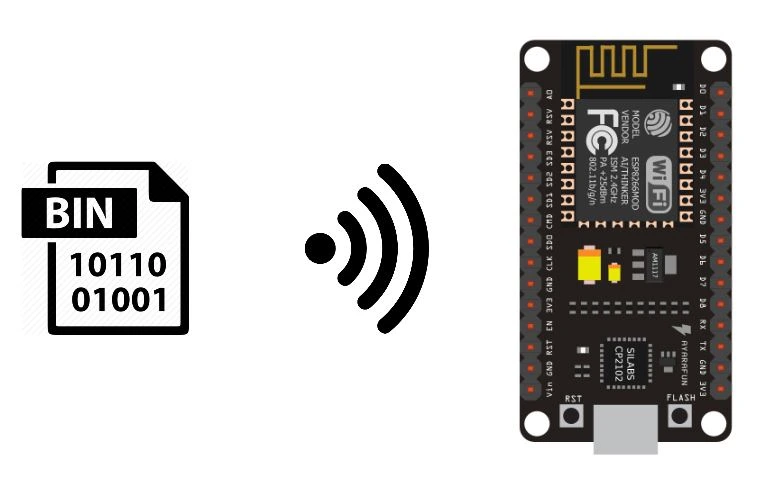
Design and Construction
For the construction of the thermometer, two 3.7V 1800mAh batteries were used to ensure it can operate for 3 days without sunlight. These batteries are connected to a charger powered by a 5V solar panel. The charger also includes a step-up converter, boosting the 3.7V to 5V to power the ESP8266. Temperature measurement is done using a DSB18B20 probe with the Arduino One Wire library, which allows reading up to 64 probes on the same cable. All components are housed in a sealed waterproof case, with the solar panel mounted on the lid.
To ensure low energy consumption and prevent battery drain, the ESP8266 module is configured in Deep Sleep mode, which reduces consumption to just 20uA. In this mode, the module shuts down while keeping the clock running. After a specified period—30 minutes in this case—it wakes up, reconnects to Wi-Fi, and sends the temperature to the server.
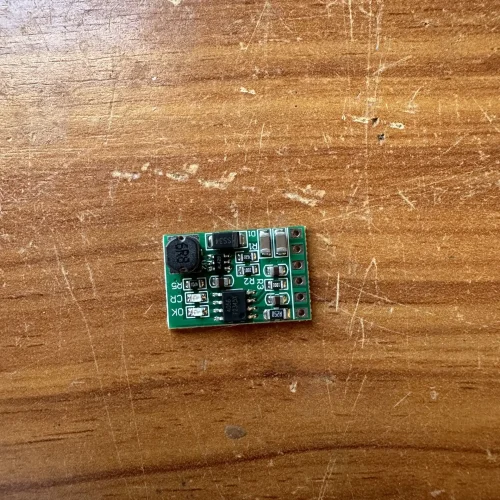
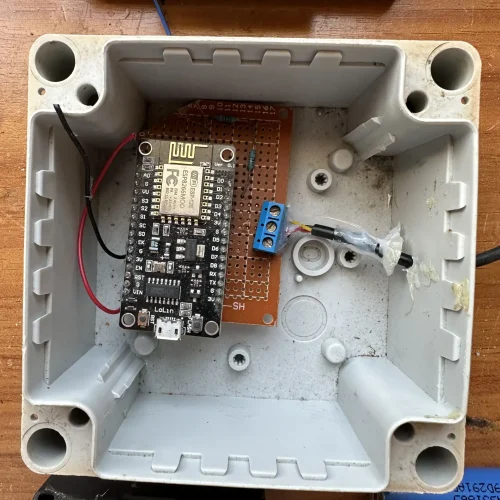
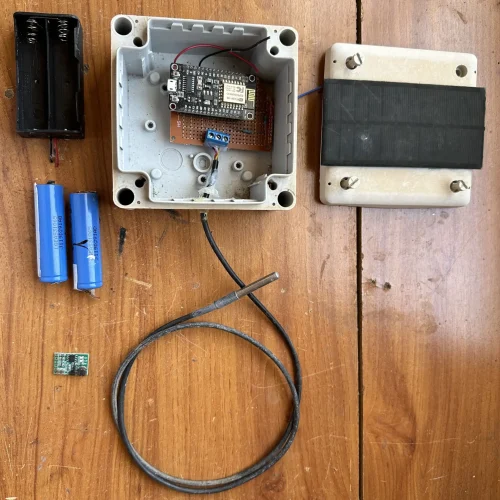
Test and Results
The module was placed directly under the sun and tested for a year. We tested it by disconnecting the solar panel, and the batteries reached a critical level after 3 days, which is an excellent result. On the other hand, the temperature measurement is quite stable and allows for generating a graph with readings from the entire year.
